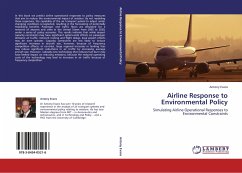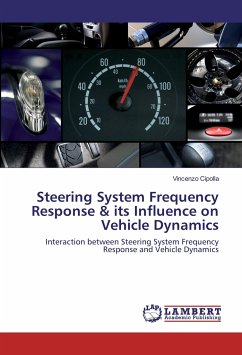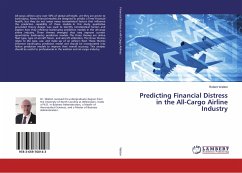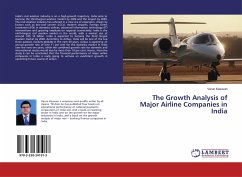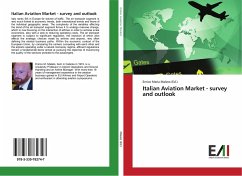In this book we predict airline operational responses to policy measures that aim to reduce the environmental impact of aviation. By not modeling these responses, the capability of the air transport system to adjust under changing conditions is neglected, resulting in the forecasting of potentially misleading benefits. Passenger and traffic flows are simulated for a network of airports and cities in the United States from 2005 to 2030, under a series of policy scenarios. The results indicate that while airport capacity constraints may have significant system-wide effects on passenger demand, air traffic, network routing and flight delays, local airport effects may be even greater. Capacity constraints are less likely to induce significant increases in aircraft size, however, because of frequency competition effects. In contrast, large regional increases in landing fees may induce significant reductions in air traffic by increasing average aircraft size. However, radically new technology that reduces fuel burn may have limited impact on reducing emissions, because the reduced operating costs of the technology may lead to increases in air traffic because of frequency competition.

